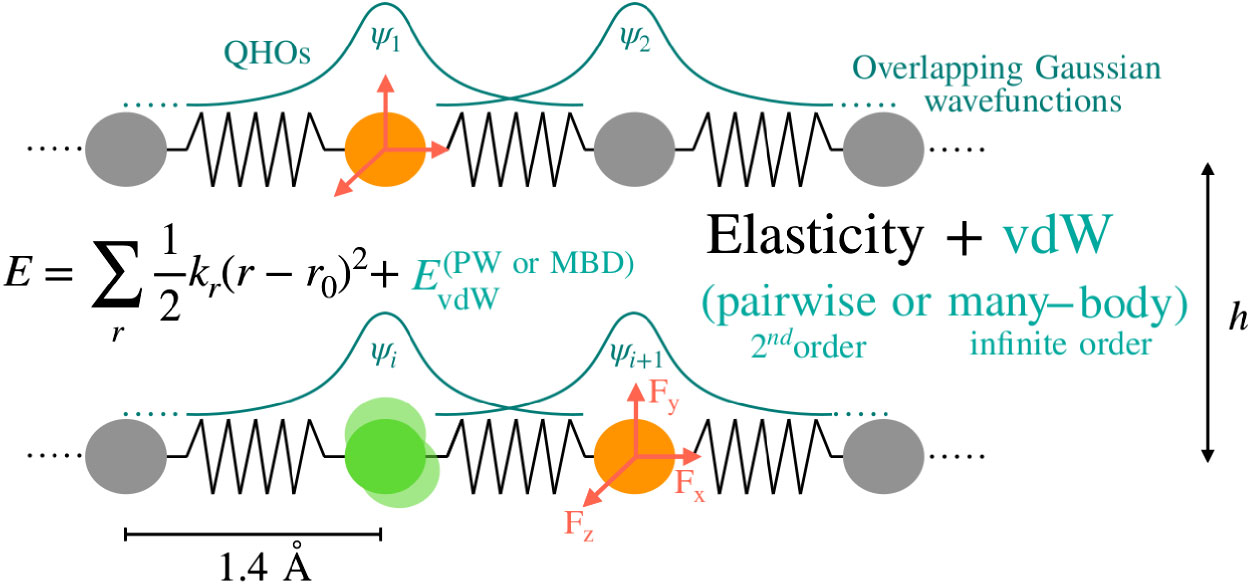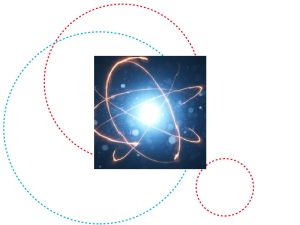An interdisciplinary manuscript reporting on a collaboration between physicists and computational engineers from the University of Luxembourg and Padova (Italy) has been published in Physical Review Letters. This work reveals that interactions between many electrons in materials can induce a colossal enhancement of atomic forces at the nanoscale and in large engineering-scale systems.
Understanding atomic forces at the engineering scale
Many phenomena in materials involve interactions between electrons and atomic lattices, including ionic and electronic transport, superconductivity, and giant magnetoresistance. While a comprehensive understanding of electron–lattice interactions has been achieved in well-ordered solids, little is known about the interplay between atomic forces and the ever-present electronic oscillations at the scale of engineering materials. Even when it is recognised that quantum-mechanical forces at the atomic scale determine the mechanics of materials at the macroscopic scale, quantum physics and computational engineering methods are developed independently of each other.
Nevertheless, multiscale methods that bridge quantum mechanics and computational engineering are crucial to model many industrially relevant processes, such as surface coating, fabrication of 2D nanoelectronics devices and sensors, or modeling pivotal biological phenomena including protein folding, drug delivery, or stabilisation of secondary structures in RNA and DNA.

New mechanism for colossal enhancement of atomic forces
The authors developed new methodology that enables explicit quantum-mechanical description of atomic forces in large structures with thousands of atoms. Instead of the expected quick decay of atomic force response with increasing distance between atoms that leads to “classicalisation” of quantum mechanics, the authors observed an enhancement factor of 1,000 to 100,000 in the atomic force response when quantum mechanical interactions were included explicitly and accurately. Such a colossal enhancement of atomic forces was demonstrated to have implications for structural relaxations of interacting one-dimensional polymers and for reproducing the remarkable long-range stress for graphene delamination from silicon substrate, previously observed experimentally. In addition, these novel findings may have implications for vibrational spectroscopy, free energies, interfacial adhesion, and in general collective dynamics in materials possessing both dense and sparse regions.
Full article here:
